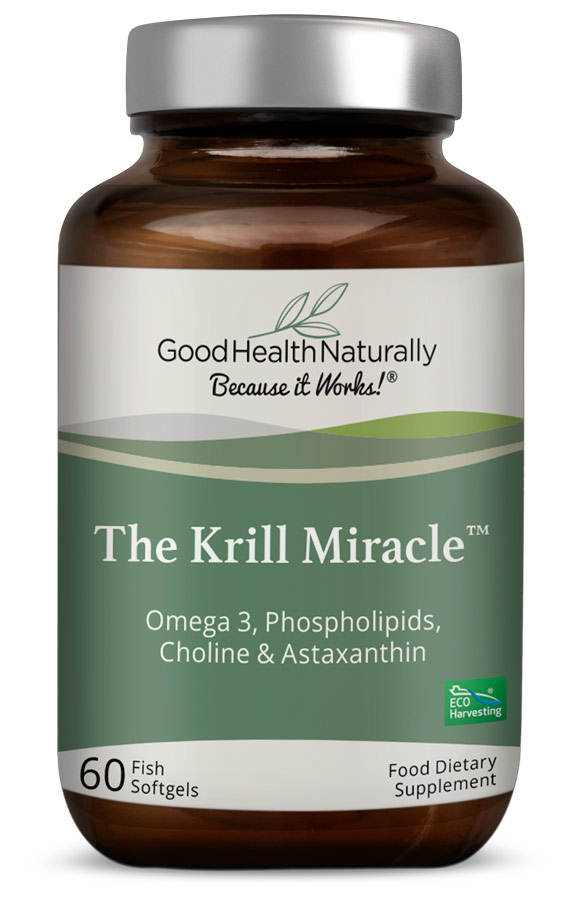We often talk about the numerous benefits of omega-3 fatty acids, from supporting heart health to improving brain function. But this week, we have something particularly intriguing to share. What caught our attention was some fascinating new research highlighting another significant benefit of omega-3s that you might not be aware of.
Recently, a comprehensive meta-analysis conducted by Yan Lee and colleagues from Jinan University in Guangzhou, China, has shed light on the significant role that dietary fatty acids play in the prevention of age-related macular degeneration (AMD). This is particularly interesting for those looking to optimise their diet for better eye health.
AMD is a common eye condition that affects millions of older adults worldwide and is a leading cause of vision loss. The condition progresses in stages, with advanced AMD posing the most severe threat to vision. Researchers have been exploring various dietary factors that might influence the risk of developing AMD, and fatty acids have been a central focus due to their anti-inflammatory and neuroprotective properties.
Key Findings from the Meta-Analysis
The meta-analysis reviewed studies from major databases, including PubMed, Web of Science, Cochrane Library, and EMBASE, encompassing research up to September 2023. The results highlighted the following key associations between fatty acid intake and AMD:
Omega-3 Long-Chain Polyunsaturated Fatty Acids (LCPUFAs): These include important omega-3 fatty acids like Eicosapentaenoic Acid (EPA) and Docosahexaenoic Acid (DHA). These types of fat are found in foods like fatty fish, nuts, seeds and krill oil, which have long chains of carbon atoms. They play a crucial role in brain and heart health, and this study found they also significantly reduce the risk of developing AMD, indicating a 33% reduction in risk among those with the highest intake compared to those with the lowest.
Docosahexaenoic Acid (DHA): DHA, a type of omega-3 fatty acid, showed a strong protective effect. A higher DHA intake was associated with a 20% lower risk of AMD.
Eicosapentaenoic Acid (EPA): Similarly, EPA intake was linked to a reduced risk, with a 9% lower risk for those consuming higher amounts.
Combined DHA and EPA Intake: The simultaneous intake of both DHA and EPA was particularly beneficial, suggesting a 21% reduction in AMD risk.
Trans-fatty Acids (TFAs): On the flip side, a high trans-fat intake was associated with a more than doubled risk of advanced AMD. This finding underscores the importance of minimising trans-fat consumption for eye health. Trans-fats are commonly found in processed and packaged foods, such as baked goods (cookies, cakes, and pastries), fried foods (doughnuts and french fries), and certain margarines and shortenings. These fats are created through an industrial process that adds hydrogen to vegetable oil, making the oil more solid. Unfortunately, trans-fats can increase inflammation and negatively impact overall health, particularly eye health, as evidenced by their association with an increased risk of advanced AMD.
Why Omega-3s Matter
Omega-3 fatty acids, particularly DHA and EPA, are essential fats that the body cannot produce on its own. You must obtain them through diet. These fats are critical for maintaining cell membrane health, reducing inflammation, and supporting overall eye function.
Krill oil is an excellent source of these vital nutrients. Unlike fish oil, krill oil contains omega-3s in the form of phospholipids, which may enhance absorption and utilisation by the body. Additionally, krill oil provides antioxidants like astaxanthin, which further supports eye health.
Lutein’s Role in AMD Prevention
Additionally, Lutein, a carotenoid found in leafy greens like spinach and kale, has also been studied for its protective benefits against AMD. Research indicates that a higher dietary intake of lutein is associated with a reduced risk of developing AMD. A study published in the journal Nutrients found that individuals with higher lutein intake had a 43% lower risk of developing advanced AMD compared to those with lower intake levels.
Practical Dietary Recommendations
Based on these findings, incorporating more omega-3-rich foods and green leafy vegetables into your diet can be a powerful strategy to protect against AMD. Here are some practical tips:
Include Fatty Fish: Consume fatty fish such as salmon, mackerel, and sardines at least twice a week to boost your intake of DHA and EPA.
Consider Krill Oil Supplements: If fish is not a regular part of your diet, krill oil supplements can be an effective option as they provide a concentrated source of omega-3s.
Eat Green Leafy Vegetables: Include green leafy vegetables like spinach, kale, and collards in your diet to benefit from lutein, which also supports eye health.
Limit Trans-Fats: Reduce the intake of processed foods high in trans-fats, such as baked goods, fried foods, and certain margarines.
Conclusion
The research by Yan Lee and colleagues offers compelling evidence that a diet rich in omega-3 fatty acids, specifically DHA and EPA, can significantly reduce the risk of age-related macular degeneration. Simultaneously, it highlights the detrimental effects of high trans-fat consumption on eye health. You can proactively support your vision and overall well-being by making informed dietary choices and considering supplements like krill oil.
Reference:
https://www.frontiersin.org/journals/nutrition/articles/10.3389/fnut.2024.1403987/full






